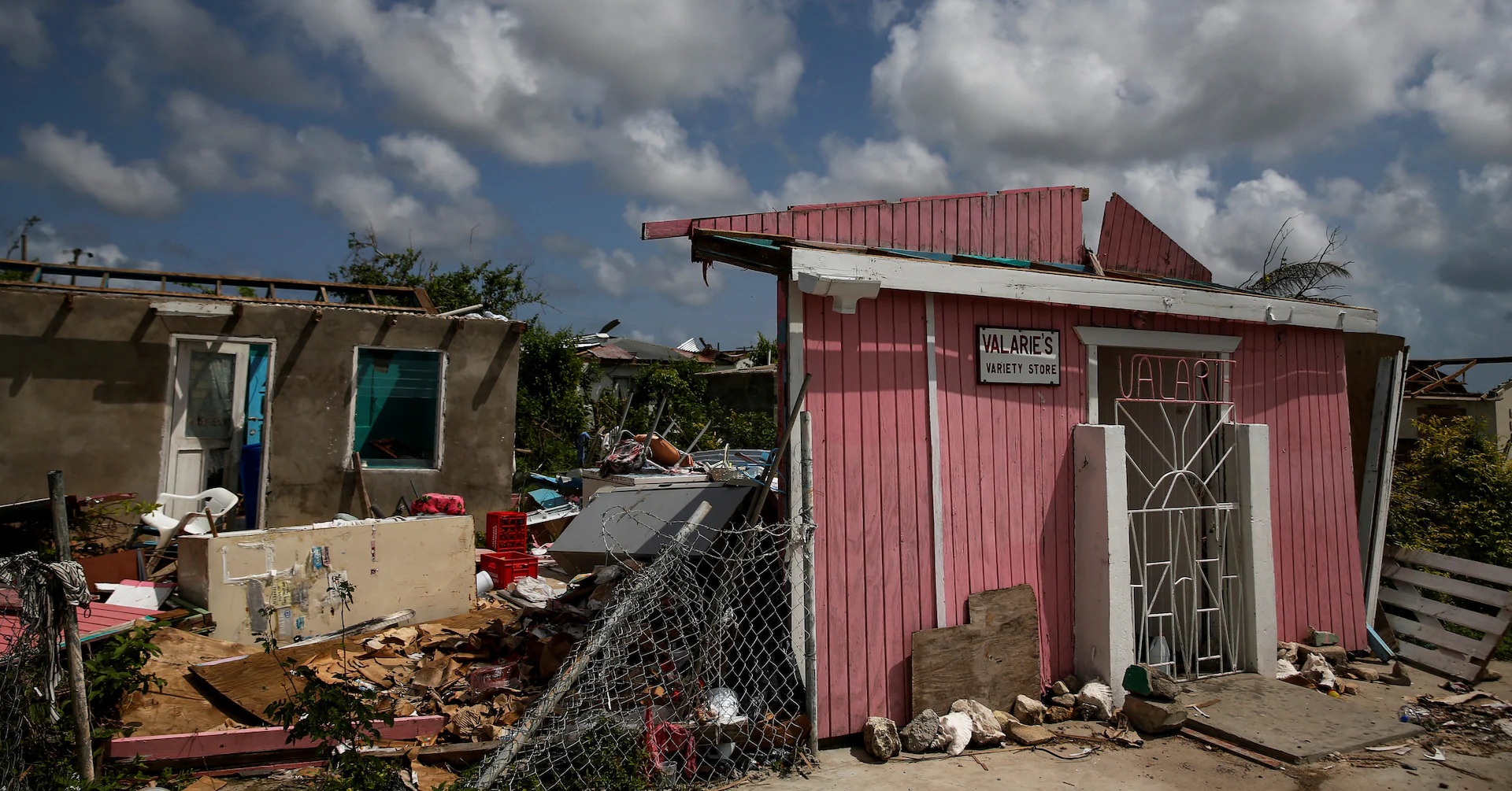
September 16 – Over the past year, the world has become more unstable. Amid mounting political and economic crises the focus on climate has taken a step back. We saw this in the failures to achieve a just and fair finance deal at COP29 in Baku, in national governments dragging their feet on climate commitments, and in fossil fuel companies insidiously disinvesting in clean energy to focus on squeezing every drop of oil from a scorched earth.
And scorched it is. Just this year the city of Los Angeles and regions in Canada and France burned. Mountain villages in India and Europe were wiped off the map, hundreds of people died in flooding in Pakistan, and more than a million were displaced. In Antigua and Barbuda, we’re anxiously scanning the horizon as hurricane season is upon us, while our coasts wash away and sea levels rise.
As I head to Climate Week NYC and the U.N. General Assembly, my people, and millions of others on small islands developing states (SIDS), stand to lose their homelands. Not parts of it; all of it. If global warming is not contained, small island states like ours will face a future where survival means leaving our shores behind. The choice for small island states will no longer be how to adapt, but whether our people can remain on their islands at all.
That is a future I cannot and will not accept. As prime minister, I have an unshakable responsibility to protect our people, their health and housing, our infrastructure and food security, our tourism and our ecosystems, all at the same time. That’s why we must have frank and urgent conversations about the scale of action and the transformative finance needed to safeguard small island states.
Let’s look at where we currently stand, and what needs to happen. The COP29 agreement in Baku pledged at least $300 billion annually by 2035 from developed nations, within a broader roadmap of $1.3 trillion from all sources. Yet this still falls far below the estimated global needs, with adaptation alone requiring $215 billion to $387 billion per year by 2030.
This does not even account for what’s needed for loss and damage. Pledges are still largely symbolic, disbursements move far too slowly, and there are continued attempts to conflate loss and damage with adaptation funding.
Just a few weeks ago, Hurricane Erin became the most rapidly intensifying hurricane on record, fuelled by warming seas. For SIDS, such hurricanes are the most pressing example of escalating climate risk. Yet our early warning systems cannot keep up with their increasing speed and intensity, meaning we need to prepare for worst-case scenarios every time, an approach that is extremely costly and disruptive for small economies.
And let’s not forget the costs for rebuilding and getting back to life once we are hit by these catastrophic events. Without this, our survival is at stake.
We currently struggle to fund these old and new costs, because we rely on a finance architecture that is broken. Multilateral development banks and financial institutions prioritise “bankable” projects, with financial returns, sidelining the social and ecological investments that are most critical for SIDS. Even without immediate financial returns, investment in ecosystems is a lifeline for us. They address widespread coral bleaching, for example, which helps us to safeguard fisheries, tourism, coastal defence, biodiversity and our survival in the long run.
Both costs and social and ecosystems investments should not be financed by piling more debt on our shoulders. They must come through predictable, grant-based flows.
Last year, the International Tribunal for the Law of the Sea ruling on ocean impacts confirmed the legal responsibility of polluters. This “polluter pays” principle must be operationalised; those who caused the problem must shoulder the costs through mechanisms such as levies on the fossil fuel trade. That would provide predictable, scaled flows of finance.
And there are other ways that can help solve the financial gap: innovative measures such as debt-for-climate swaps, through which a portion of a country’s debt is cancelled in return for domestic investment in climate action. Temporary support for countries that face liquidity challenges and concessional finance instruments would have to complement funding, giving fiscal space to economies already strained by high debt burdens.
Finally, finance must be locally led, culturally appropriate, and responsive to national realities. Too often, external actors impose one-size-fits-all interventions that are ineffective and wasteful.
With adequate, accessible, and just finance, SIDS like Antigua and Barbuda can build resilience across our entire economies. We can preserve and rehabilitate ecosystems, we can better prepare for hurricanes without overspending for every threat. And proper financing would empower countries to pursue low-carbon, sustainable development pathways, even amid an overshoot of the goal of limiting global warming to 1.5 degrees Celsius above pre-industrial levels.
Above all, effective and just climate finance would shift the burden from those least responsible for the crisis to those who created the problem. It’s not a matter of punishing countries in the Global North, but achieving justice for the Global South.
Opinions expressed are those of the author. They do not reflect the views of Reuters News, which, under the Trust Principles, is committed to integrity, independence, and freedom from bias. Ethical Corporation Magazine, a part of Reuters Professional, is owned by Thomson Reuters and operates independently of Reuters News.
Gaston Alfonso Browne has been the prime minister of Antigua and Barbuda since June 12, 2014. He is also minister for finance, corporate governance and public private partnerships. Prior to becoming a member of parliament in 1999, he served as commercial banking manager for a major banking consortium in Antigua and Barbuda, comprising offshore and onshore banks and a trust company, managing in excess of $400 million dollars in assets.



